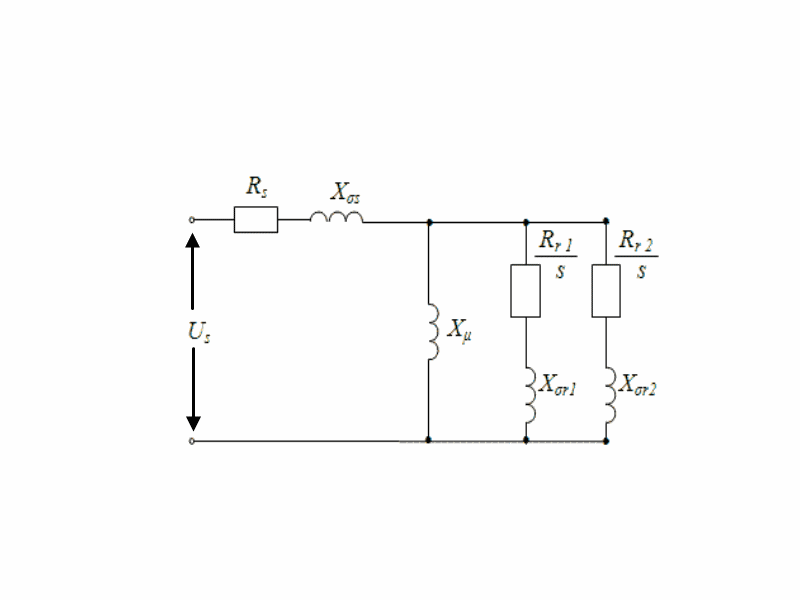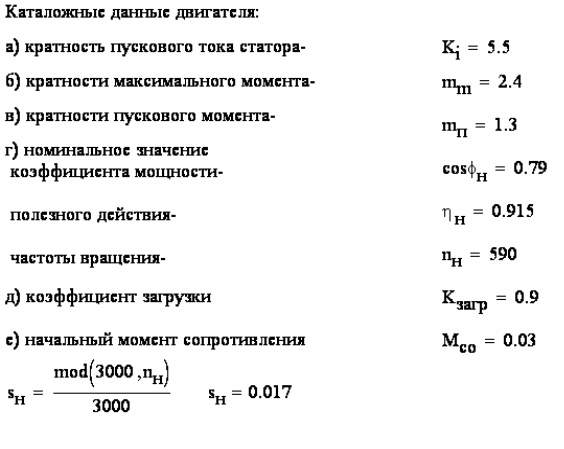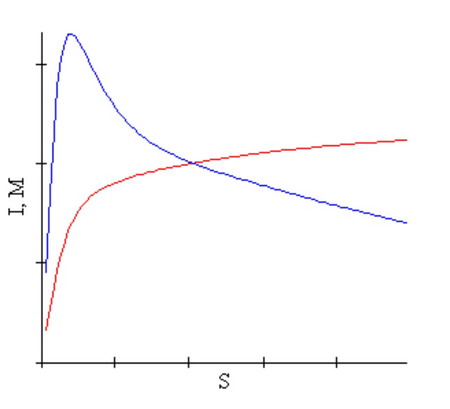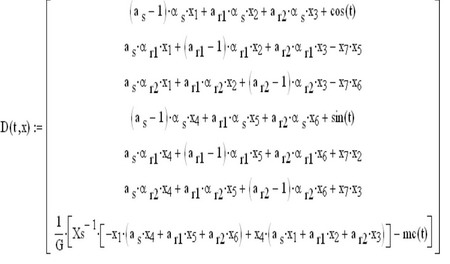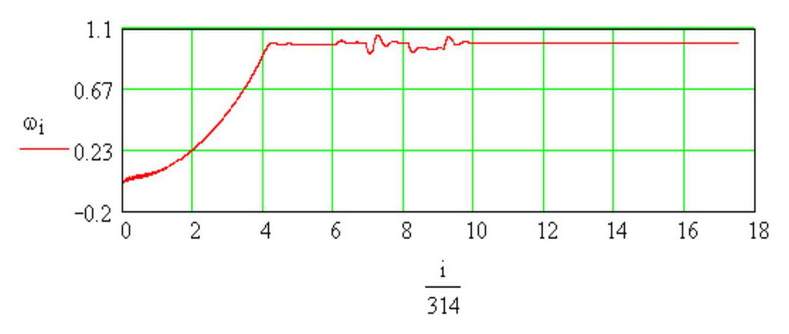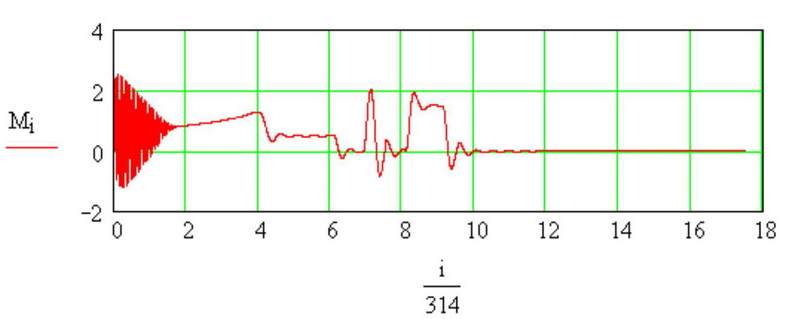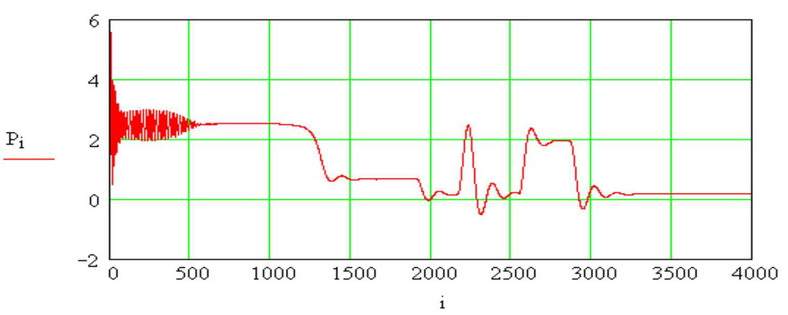BIBLIOGRAPHY
1. Перхач
В.С. Математичні задачі електроенергетики. – Львів: Вища школа, 1989. – 464 с.
2. Сивокобыленко
В.Ф., Лебедев В.К. Переходные процессы в системах электроснабжения собственных
нужд электростанций: Учеб. Пособие. – Донецк: ДонНТУ, 2002. – 136 с.
3. Сивокобыленко В.Ф. Переходные процессы в
многомашинных системах электроснабжения электрических станций: Уч. пособие/-
Донецк, ДПИ, 1984. – 116 с.
4. Официальный сайт кафедры “Электрические
станции” Томского
политехнического университета. (Электронный ресурс) http://www.elti.tpu.ru
5. Электрическая часть электростанций и подстанций:
Справочные материалы для курсового и дипломного проектирования. Учеб. пособие для
электротехнических специальностей вузов/ Крючков И. П., Кувшинский Н. Н.,
Неклепаев Б. Н.; Под ред. Б. Н. Неклепаева – 3-е изд., перераб. и доп. – М.:
Энергия, 1978-456 с.
6. Сивокобыленко В. Ф., Костенко В. И. Математическое
моделирование электродвигателей собственных нужд электрических станций. Учебное
пособие. – Донецк: ДПИ, 1979. – 110с.
7. Ойрех Я. А., Сивокобыленко В. Ф. Режимы самозапуска
асинхронных двигателей. – М.: Энергия, 1974. – 96с.
8. Сивокобыленко В. Ф., Павлюков В. А. Расчет
параметров схем замещения и пусковых характеристик глубокопазных асинхронных
машин. – Электричество, 1979, №10.
9. Сивокобыленко В. Ф., Лебедев В. К. Определение
параметров схем замещения для анализа режимов работы синхронных двигателей. –
Электротехника, 1982, №12.
10. Сыромятников И. А. Режимы работы синхронных и
асинхронных двигателей/ Под ред. Л. Г. Мамиконянца. – 4-е изд., перераб. и доп.
– М.: Энергия, 1974. – 96с. |

